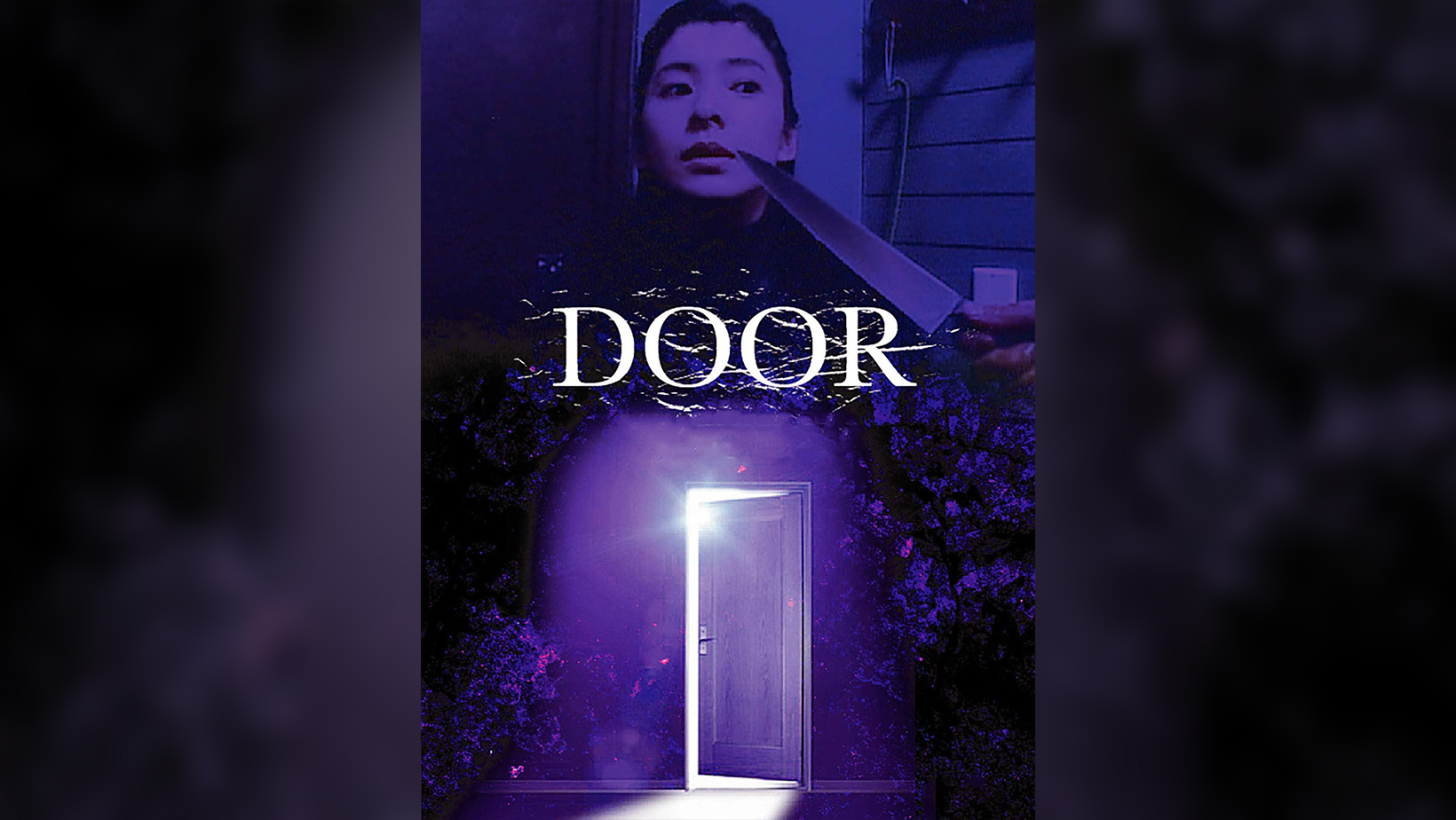

Door is a 1988 Japanese psychological horror thriller written and directed by Banmei Takahashi with additional writing from Ataru Oikawa. Beginning his career in Pinku Eiga in the 70s, Takahashi has worked with some of the greats in the genre, such as Mamoru Watanabe and Koji Wakamatsu to name a few. He is notable for directing such films as Attacking the Girls (1979), Ôkami (1982), and Human Intersection: Dying (1993).
Yasuko, a housewife living in an apartment building with her husband, Satoru, and young son, Takuto, becomes annoyed at a door-to-door salesman’s incessant spam calls. In frustration, she slams her door shut and injures the man’s hand in the process. Although he leaves, this is but the start of Yasuko’s nightmarish harassment.
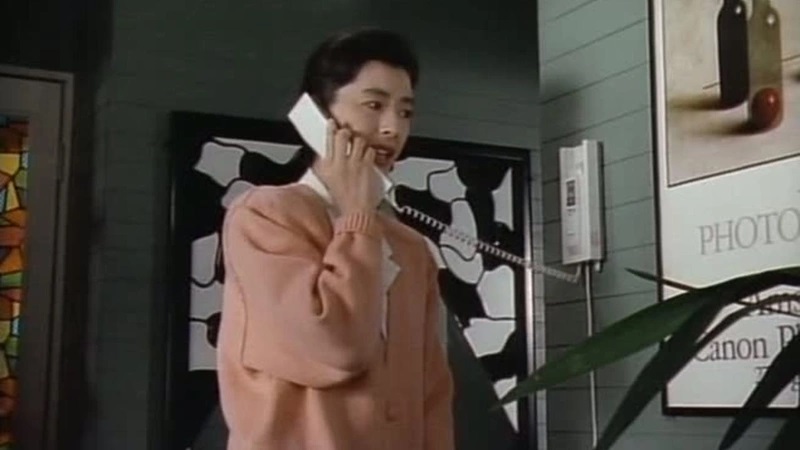
An incredibly oppressive example of J-horror, Door (1988) perfectly fits into the expectations of 80s-style horror synonymous with Japan. Manifesting a gradual atmosphere of tension and dread, the plot’s dark ambiance is masterfully achieved to create a slow-burning tale of fear and paranoia. The gradual intensity of the harassment increases into a crescendo of a unique take on the home invasion subgenre, somewhat reminiscent of the Italian Giallo. However, unlike the whodunit plot twists and red herrings of Giallo, Door (1988) shows its cards from the get-go, disclosing the antagonist’s identity at the film’s very beginning. Despite this, lacking any mystery hardly detracts from the thrilling build-up of tension.
Whilst beginning with typically standard shots, the cinematography of Door (1988) unnoticeably evolves to produce a tight, claustrophobic experience that only intensifies in the film’s third act—culminating in a disorientating yet riveting finale. Furthermore, the film’s score follows suit with its visuals, beginning conventional in its delivery before escalating. Notably, in the third act, the score transforms into a cacophony of short, sharp bursts of sound similar to “a cat on a Casio.” However, this mix of dizzying visuals and disorientating score work in tandem to produce an exhilarating cat-and-mouse chase of life and death.
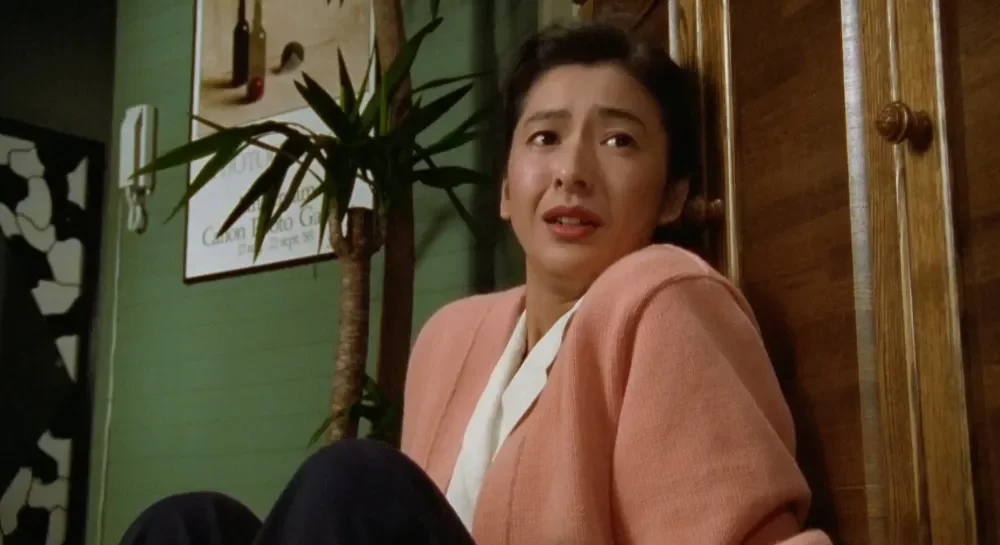
The level of special effects alludes to a particularly grisly depiction of violence, contrary to mainstream J-horror at the time. All attained via practical means, Door’s bloody violence rivals the more exploitive horror points—unflinching in its willingness to let the violent moments linger in memorable moments of shock cinema.
While Door (1988) may not be as well-known as other Japanese horror classics, it is undoubtedly a hidden gem for fans of the genre. Its ability to induce fear through psychological horror and its lingering sense of unease make it a must-see for horror aficionados looking for a genuinely haunting experience.
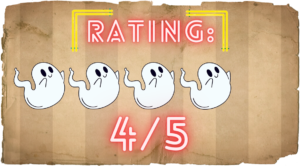
We watched Door (1988) at Fantastic Fest 2023
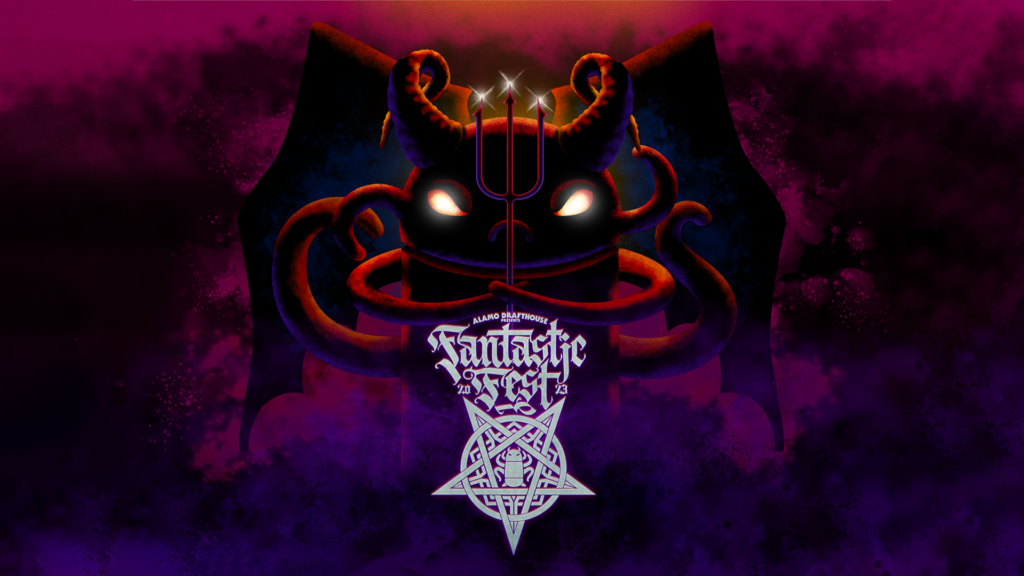
More Film Festival Coverage
The Dead of Night Film Festival is Merseyside, England’s only dedicated horror film festival. It ran across the 1st and 2nd of October for its sixth year at The Bijou… Farley Wilder is the local peeping tom in a small New Hampshire town, where his reputation has earned him the interest of a writer, Scarlett, and together the two begin… The audience meets Ozzie Gray at a turning point in her life, dealing with her past trauma through an upbringing with a grandmother, Dorothy Bell, who was violent towards her… In the aftermath of the Omega Pandemic, a devastating global catastrophe that has turned citizens into zombie-like monsters, a teenager named Salvador has become the caretaker of his younger siblings,… Hotspring Sharkattack (also known as Onsen shâku) is a 2024 Japanese action comedy film written and directed by Morihito Inoue in his feature debut. There have been cases of mysterious… The Killing Cell falls into familiar tropes and beats of the found-footage genre. Notably, the plot sees a group of friends/paranormal investigators head to an abandoned facility, only to find…The Dead of Night Film Festival 2022
Freaky Farley (2007) Film Review – The Perverted Hero We All Need
What Happened to Dorothy Bell? (2024) Film Review – Living in the Shadow of Evil [Fantastic Fest]
Párvulos (2024) Film Review – Blood is Thicker Than Water [Fantastic Fest 2024]
Hotspring Sharkattack (2024) Film Review – We’re Going to Need a Bigger Onsen! [Nippon Connection 2025]
The Killing Cell (2025) Film Review – Extreme Found Footage Horror Done Right [Another Hole in the Head Film Festival]

Hey there, I’m Jim and I’m located in London, UK. I am a Writer and Managing Director here at Grimoire of Horror. A lifelong love of horror and writing has led me down this rabbit hole, allowing me to meet many amazing people and experience some truly original artwork. I specialise in world cinema, manga/graphic novels, and video games but will sometime traverse into the unknown in search of adventure.


![What Happened to Dorothy Bell? (2024) Film Review – Living in the Shadow of Evil [Fantastic Fest]](https://www.grimoireofhorror.com/wp-content/uploads/2024/09/What-happened-to-Dorothy-Bell-cover-365x180.jpg)
![Párvulos (2024) Film Review – Blood is Thicker Than Water [Fantastic Fest 2024]](https://www.grimoireofhorror.com/wp-content/uploads/2024/09/Parvilulos-cover-365x180.jpg)
![Hotspring Sharkattack (2024) Film Review – We’re Going to Need a Bigger Onsen! [Nippon Connection 2025]](https://www.grimoireofhorror.com/wp-content/uploads/2025/05/Hotspring-Sharkattack-cover-365x180.jpg)
![The Killing Cell (2025) Film Review – Extreme Found Footage Horror Done Right [Another Hole in the Head Film Festival]](https://www.grimoireofhorror.com/wp-content/uploads/2025/12/The-Killing-Cell-2025-365x180.jpg)